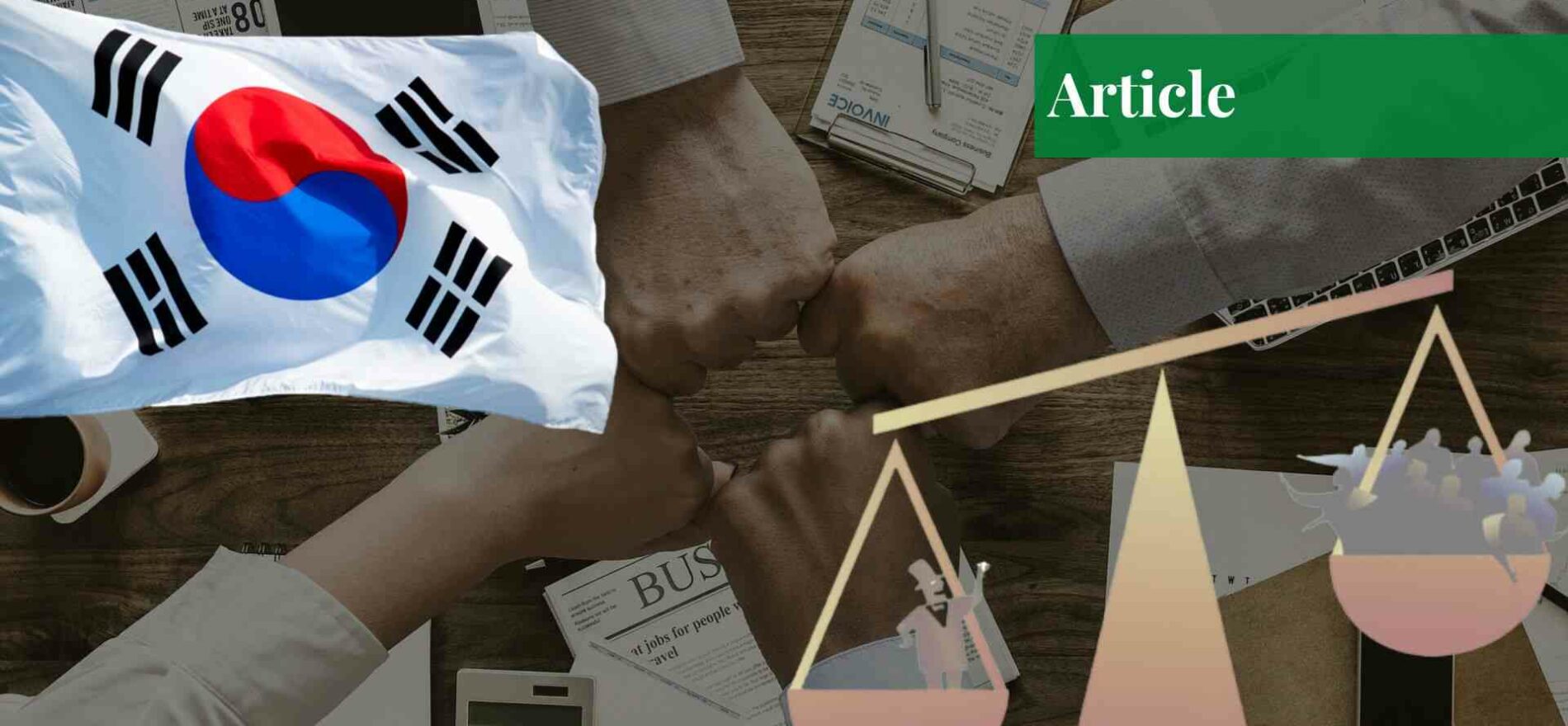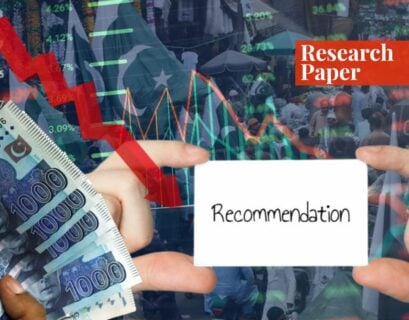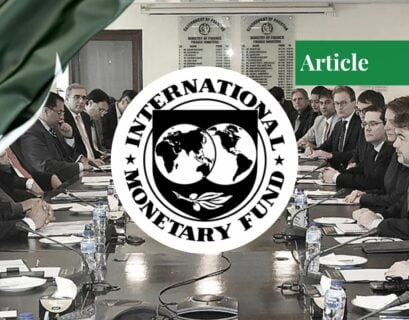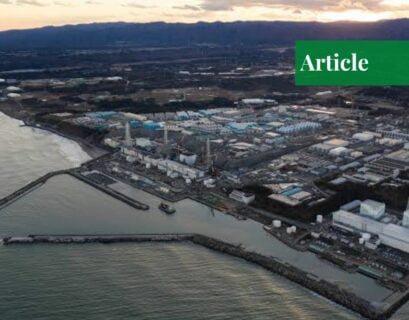Introduction
For economic development, the most efficient method is technological and industrial advancement. To not lag behind and catch up with the developed states, every developing or underdeveloped state should try to improve its industrial and technological development. Some states took about two centuries to achieve it, while other states were able to develop their economies in only three decades.
South Korea can be regarded as one of the latter economies that were among the poorest economies in the world in the 1950s. However, we see that today it has become one of the richest economies in the world after an industrial boost. The Korean government during its development period supported various local companies financially. Today, these companies are commonly known as the chaebols in South Korea.
The Chaebol System of South Korea
A chaebol is defined as a collection of formally independent firms, all of which are financially and administratively controlled by one family. It is generally regarded as a collective of family-run businesses. In literal terms, “Chae” means wealth while “bol” means party or group, translating to party or group of wealth.
There are three structural traits of business that define a chaebol. Firstly, operating in different industries, it has various affiliated firms. Secondly, one single and dominant family owns and controls it. Thirdly, this kind of business group makes up a big portion of the state’s economy. The chaebols are apparently run by professional managers who within the corporation are responsible for individual firms.
However, in reality, an unofficial general manager called Chongsu controls them and makes the final decisions for the whole group. He is not only the representative of the owner of the family but also acts as the supreme block holder in the conglomerate. In short, a Chongsu translates into a general head.
The example of the Chongsu of Samsung chaebol Mr. Lee demonstrates this. Mr. Lee holds 0.57% of the overall group shares, and 1.07% of the whole group’s stocks are taken up by his family. Even though he isn’t the chairman of the board or holds any formal power or CEO position in the group’s main affiliates, he has great control over the shares he holds in Samsung.
The South Korean economy is dominated by chaebols who exert great power over the country’s politics. Moreover, it cannot be denied that these power entities are the reason that the poor economy of South Korea transformed into one of the largest economies in the world. Since the early 1960s, the chaebols have been greatly supported by the government of South Korea.
The Beginning of the Chaebol System
During the administration of Park Chung-hee, from 1961 to 1979, the chaebol system developed and flourished to a large extent in South Korea. It was mainly due to the fact that for economic growth, these businesses were given favored treatment. The new government of Korea in this era followed the footsteps of Japan’s Ministry of International Trade and Industry and began selecting the best performers and big winners from the Korean firms, awarding them with exclusive and great projects.
They were also given funds with measures like loans without collaterals or tax reductions and export subsidies. The government acted as their credit guarantor. The chaebols by the 1980s had grown so much that they were now multinational businesses. They did not require the assistance and funding of the state as they were beyond the state’s control. Consequently, their growth had led them to attain excessive and redundant industrial capacity.
South Korea’s Economic Crisis & the Chaebol Reforms
In the global market, their participation increased, but the weaknesses of their corporate governance were uncovered as well. Hence, the government slowly increased the regulatory policies. Under the democratic government of Kim Young-sam, from 1993 to 1997, an anti-chaebol campaign started growing. The Fair Trade Commission was upgraded by President Kim to the ministry level.
Consequently, many chairmen of various chaebols like Kim Woo-jung of Daewoo and Lee Kun-hee of Samsung were prosecuted for bribing former presidents. In 1997, the Asian Crisis caused the banking system of South Korea to go bankrupt. These ongoing difficulties made these corporations turn to the government for aid, but the government itself had appealed to IMF for a loan of 57 billion dollars.
In August 1999, the Daewoo group went bankrupt, demonstrating that political favors and other privileges for chaebols had ended. For the chaebols and their executives, this reality came as a big hit as it was assumed that such conglomerates were too large to fail. However, IMF’s aid to South Korea changed the circumstances. The business environment and the regulatory framework strengthened and globalized.
The Korean Stock Exchange was extended to foreign investors, creating a rise in shareholder activism and a shareholder-oriented management paradigm. In addition, the government worked towards improving corporate transparency. The Korean government also revised the country’s financial accounting standards to align them in accordance with the International Accounting Standards (IAS). Eventually, the significance of credibility and transparency to raise capital in the markets was realized and understood by Korean firms.
Chaebols and Socio-economic Inequality
The relationship between the South Korean government and the chaebols raised concerns among the public. The chaebols which were once the catalysts of economic growth have now become the South Korean government’s financiers. According to Scott A. Snyder, the chaebols have “contributed more to Korean social inequality than to society”.
Many executives from top leading companies have been found guilty of corruption but even after their convictions, they stay in prison for only some time. They pay fines to compensate for jail time or quickly get free on bail. Although the chaebols greatly invest in development and research, they greatly exploit the Korean economy.
Chaebols often copy the innovations of small enterprises rather than buying or developing their own. In this way, they bully the less developed businesses and create sheer economic inequality leading to unemployment. At these small and medium enterprises (SMEs) the average pay is about 63 percent of chaebols, which shows a significant wage gap. The income inequality levels in South Korea are growing along with the high unemployment rate of youth.
Subsequently, according to experts, the large-scale corruption mainly associated with the chaebol creates wasteful spending and poor decision-making. It also leads to a reduction in economic competitiveness and creates social distrust. According to experts, to create sustainable growth in South Korea and limit socio-economic inequality, major corporate governance reforms would have to be introduced.
To change this system, the government implemented various policies that revised ownership structures and increased transparency. However, these reforms and policies have a long way to go for the change to be prominent. Former South Korean President Moon Jae-in vowed to dissolve the government-chaebol nexus. He increased the tax on corporate from 22 to 25 percent while raising the minimum wage.
Conclusion
The South Korean economy developed and grew faster than its rivals mainly due to the chaebols. However, the chaebols control an important part of the country’s economy. This is very concerning as the failure of these conglomerates can result in the collapse of the state’s economy.
Also, such control allows these family-run businesses to exploit the market. For this purpose, it is important that the South Korean government encourage new startup companies and regulate the market, so it becomes more competitive and promotes justice in all aspects.
If you want to submit your articles/research papers/book reviews, please check the Submissions page.
The views and opinions expressed in this article/paper are the author’s own and do not necessarily reflect the editorial position of Paradigm Shift.



















